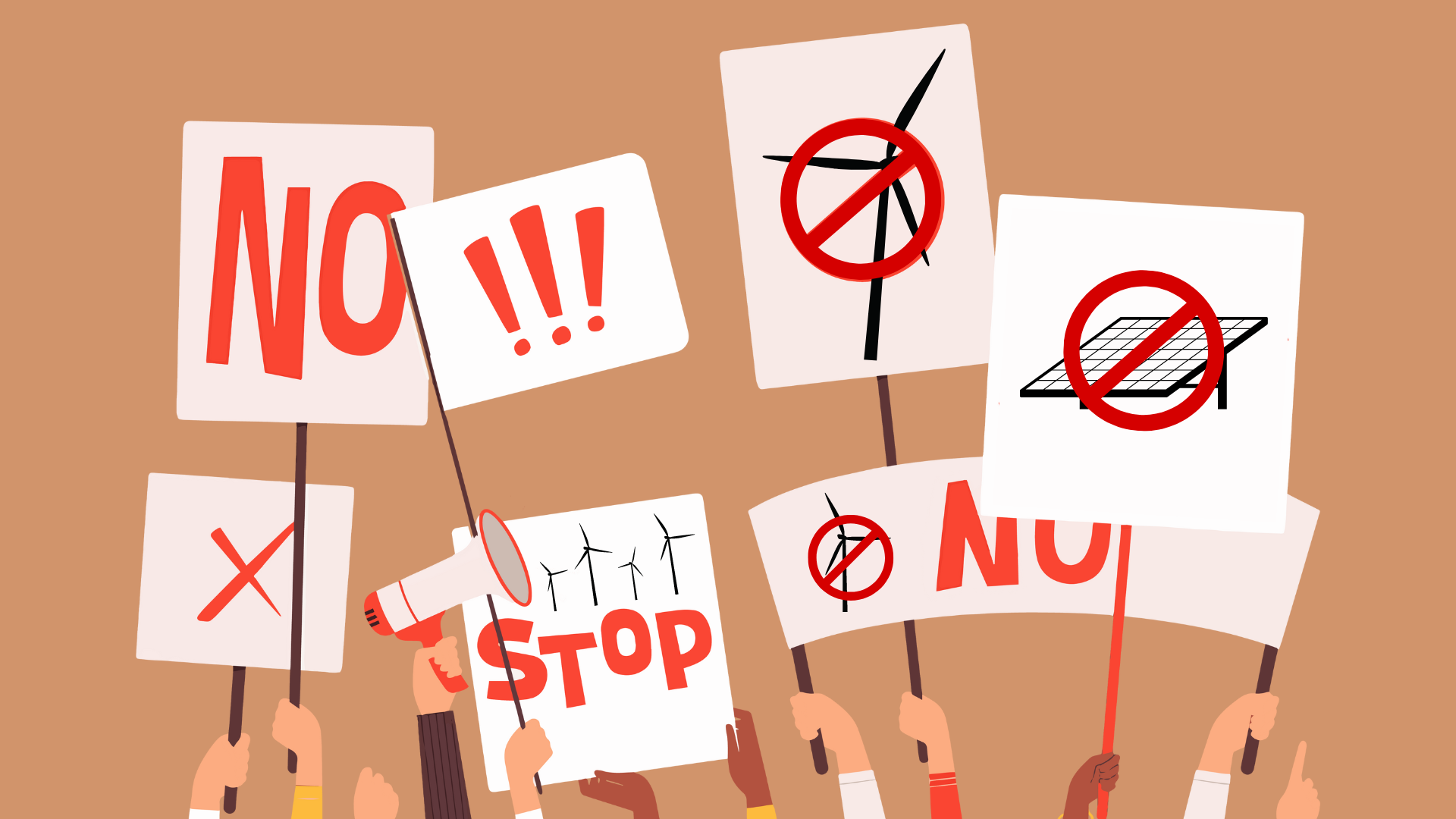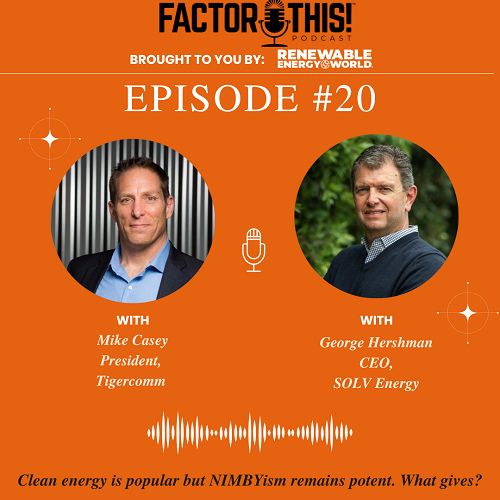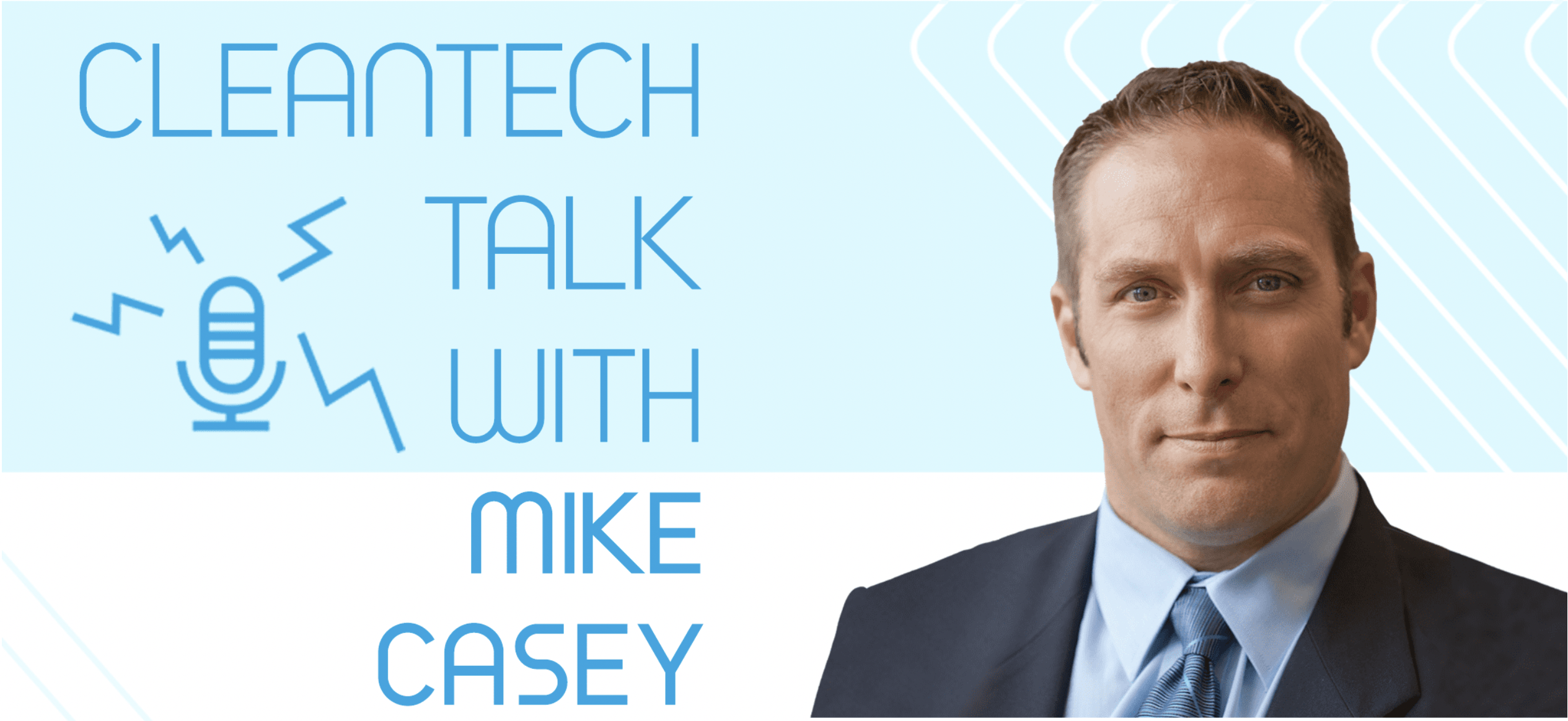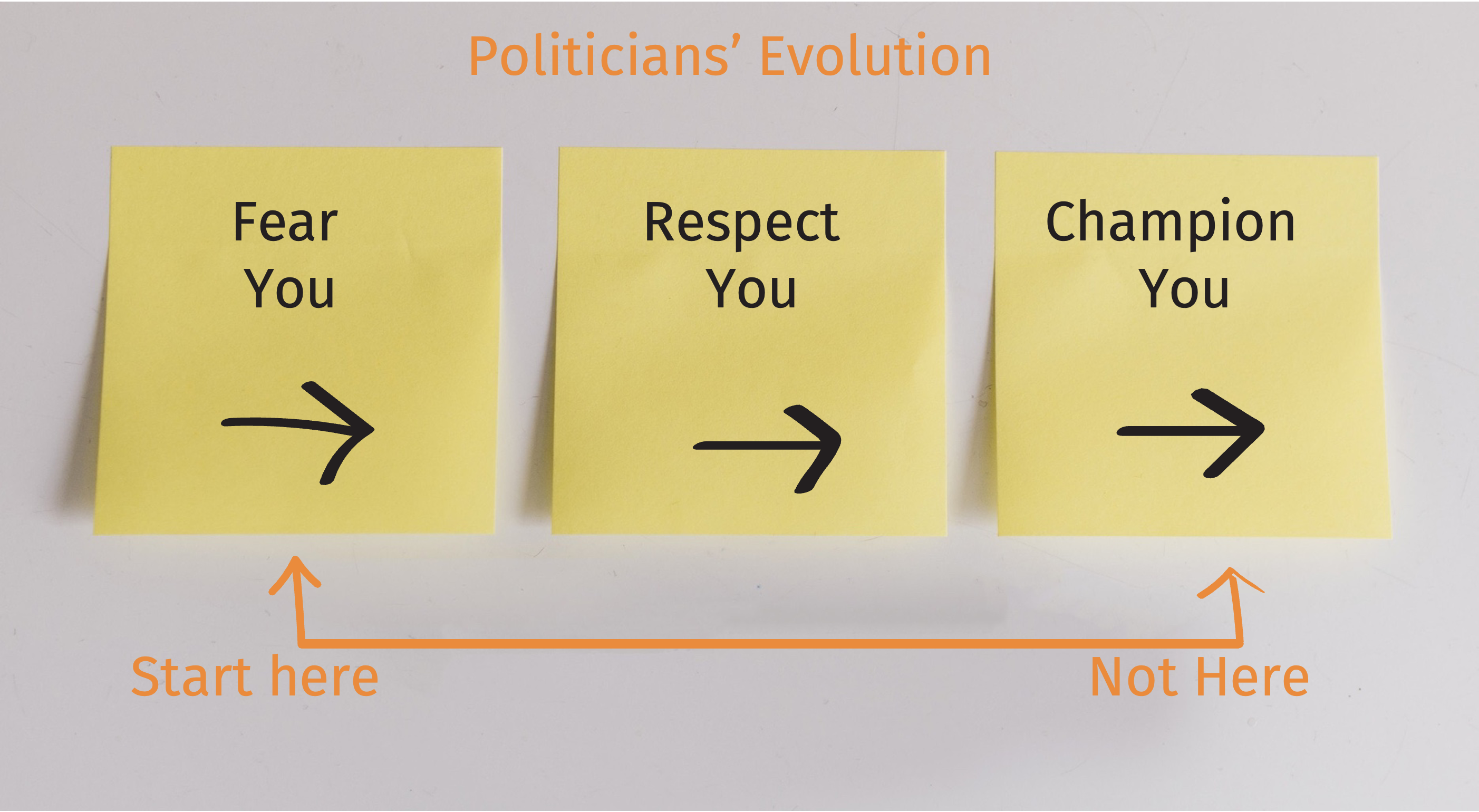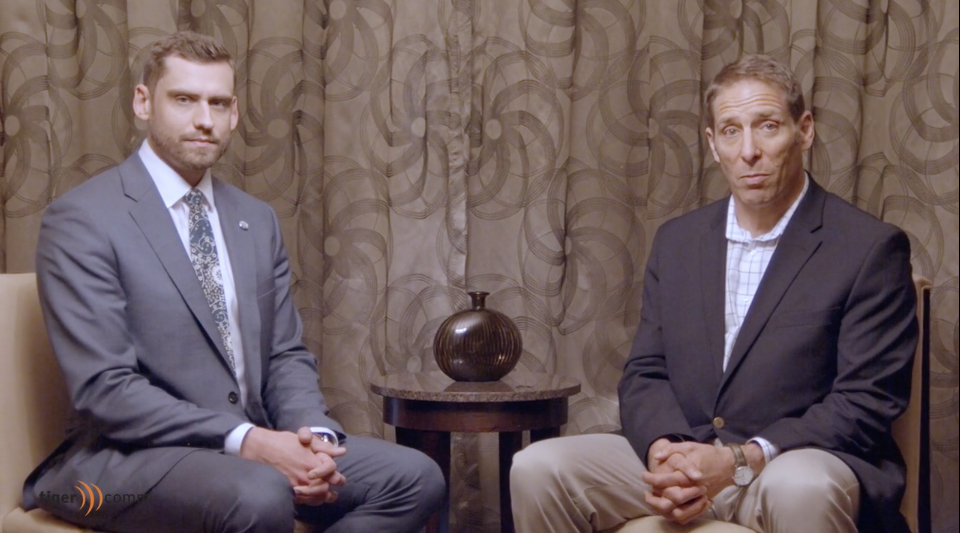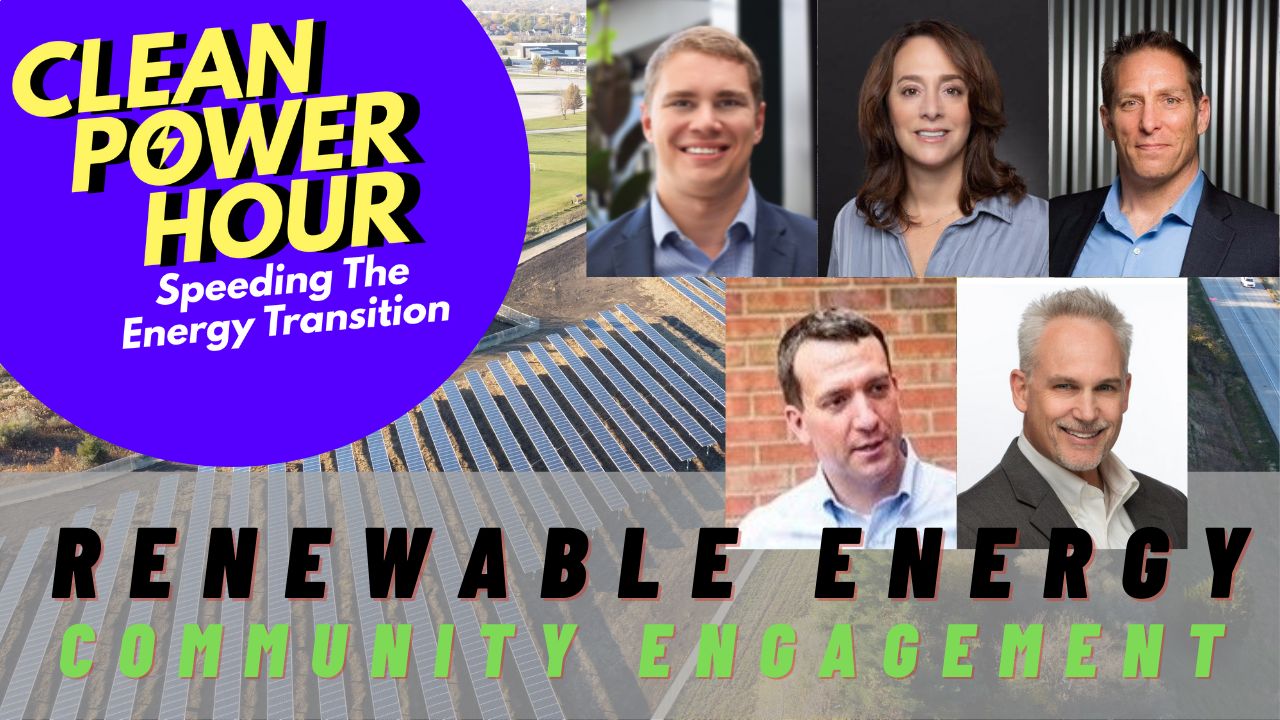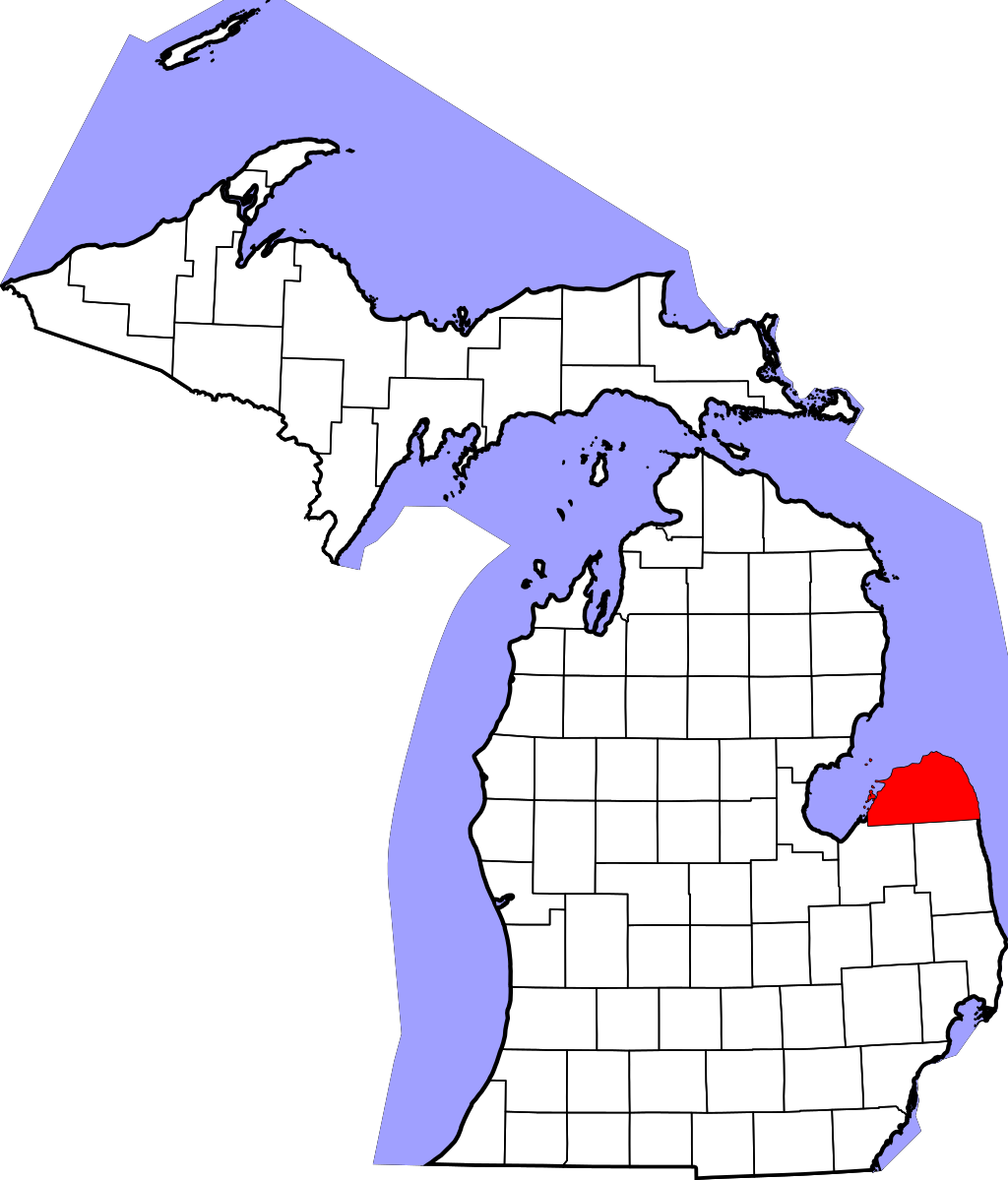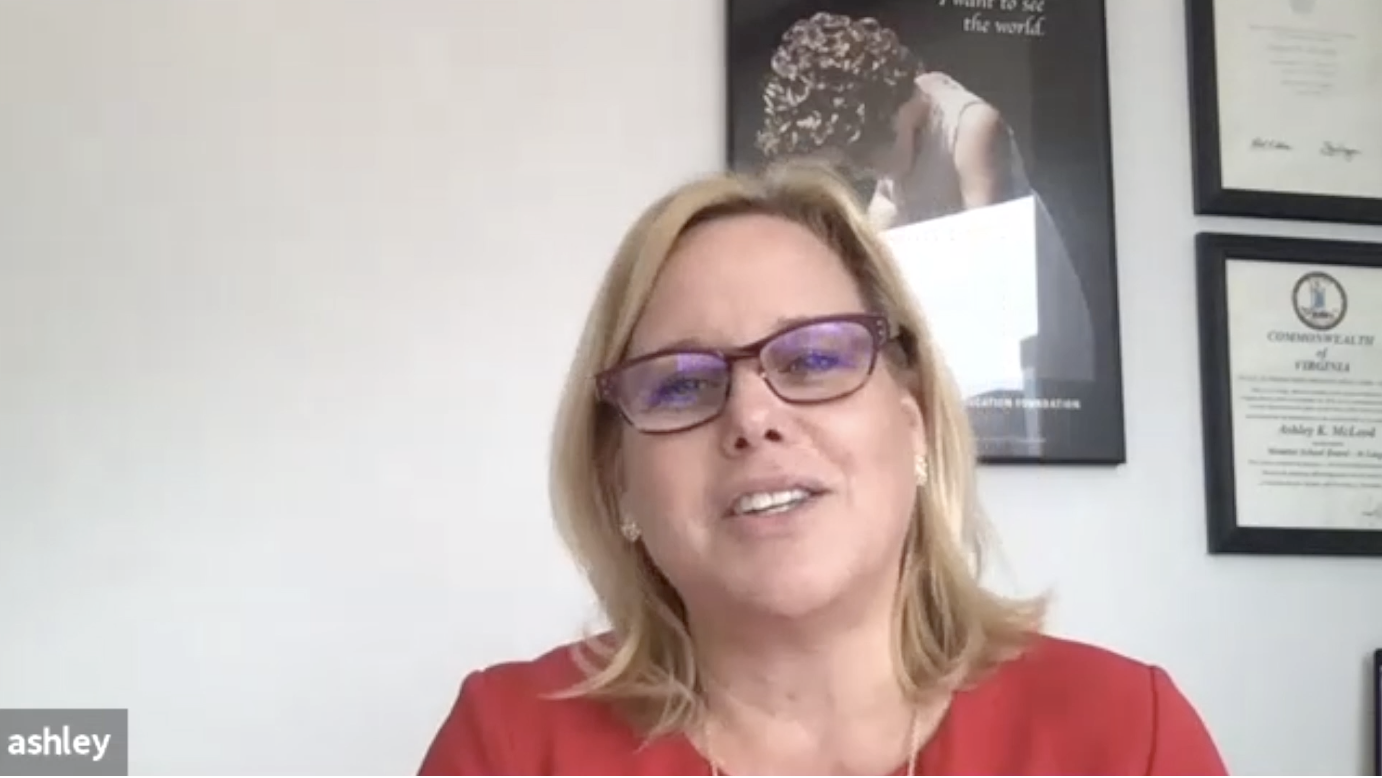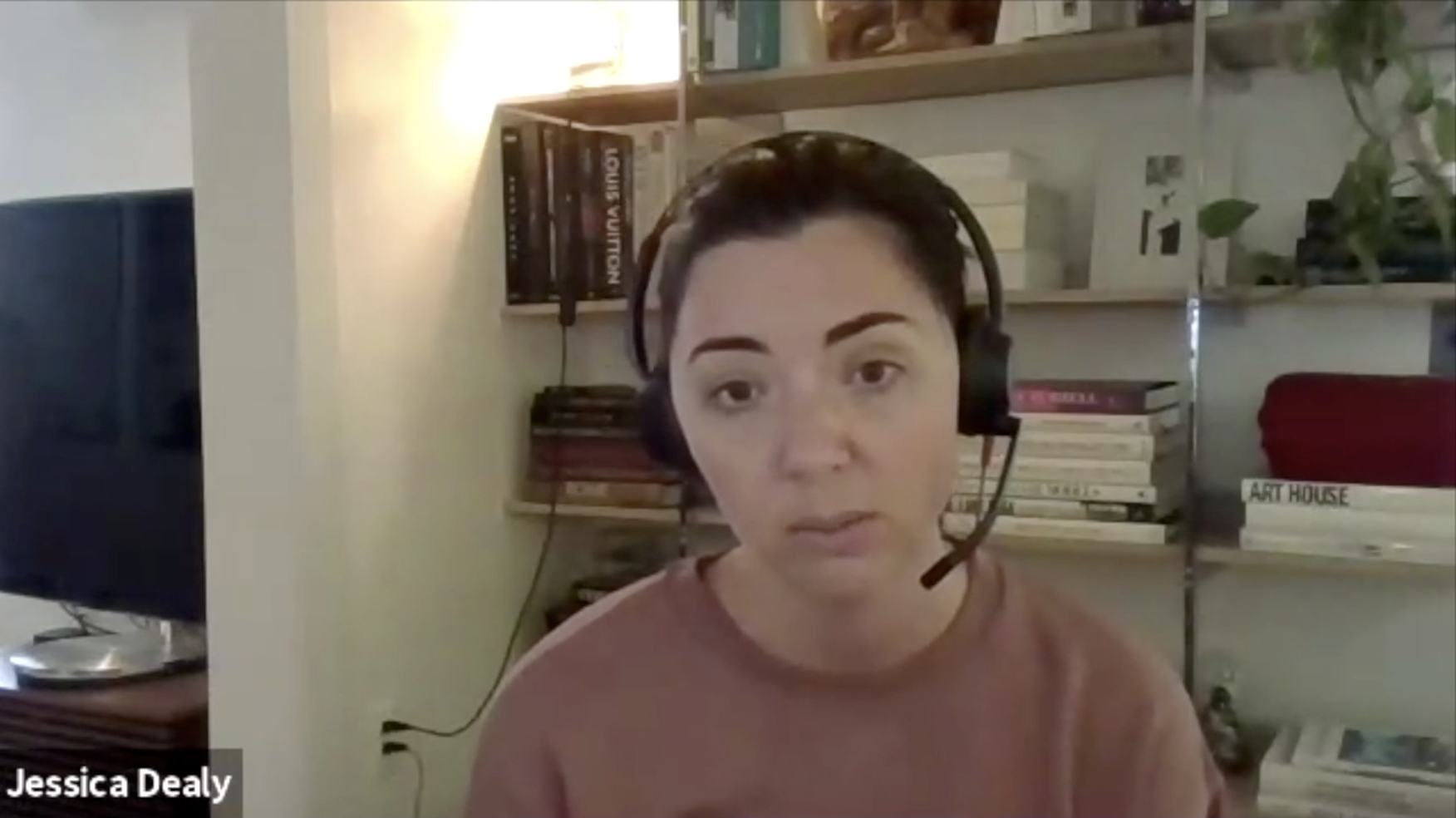Insights
How recent news is tightening the screen on who rural Americans will listen to.
#Cleantechers, if you run point on community engagement for a renewable energy...
Building Community Acceptance When Wind Project Opponents Organize Online, But Developers Don’t
Under Utilization of Social Media in Wind Energy Marketing
We recently conducted the first-ever review of the use of digital tools by Independent Power...
Continue ReadingI got to talk with Renewable Energy World’s John Engel about our recent paper, “We’re the People We’re Waiting For,” along with SOLV Energy CEO George Hershman...
Continue ReadingZachary Shahan of CleanTechnica honored us by running our recent white paper, “We’re the people we’re waiting for,” and interviewed us for his CleanTech Talk...
Continue ReadingBefore publishing this paper, I had to change its subhead from “Angry about Joe Manchin? Take a number,” to what you read above.
Many working for the clean...
Continue ReadingDigital Solutions for Securing Community Acceptance of Wind Energy – With Will Eberle of E.ON North America
This article was updated in June 2022 to reflect...
Continue Reading"Don't Ghost Your Host" - Improving Community Acceptance for Renewable Projects | Clean Power Hour with Tim Montague
Cleantechers, some of you might remember that last December, we released interesting numbers from bellwether Huron County, MI.Groundbreaking polling methods...
Continue ReadingNote: This article was refreshed in March 2022 to reflect the current state of the cleantech industry.
What do your customers buy, really? Is it your product?...
Continue ReadingOperating Wind and Solar Farms Might Be Cleantech’s Most Underutilized Public Affairs Tool
We recently teamed up with our friends at Conservatives for a Clean Energy Future and the folks at Embold Research to do something untried: use cutting-edge...
Continue ReadingWhy Steer Into Rough Seas? Interviews With The Experts: Kris Ohleth
As part of our series of interviews with people leading community engagement for the U.S....
Continue ReadingAs part of our interview series with Offshore Wind’s (OSW) community engagement leaders, we were thrilled to talk with Ashley McLeod. A former executive with...
Continue ReadingThe solid reception to our talk at the 2019 Offshore Wind Conference inspired us to stay focused on the topic of best practices for offshore wind developers in...
Continue Reading
